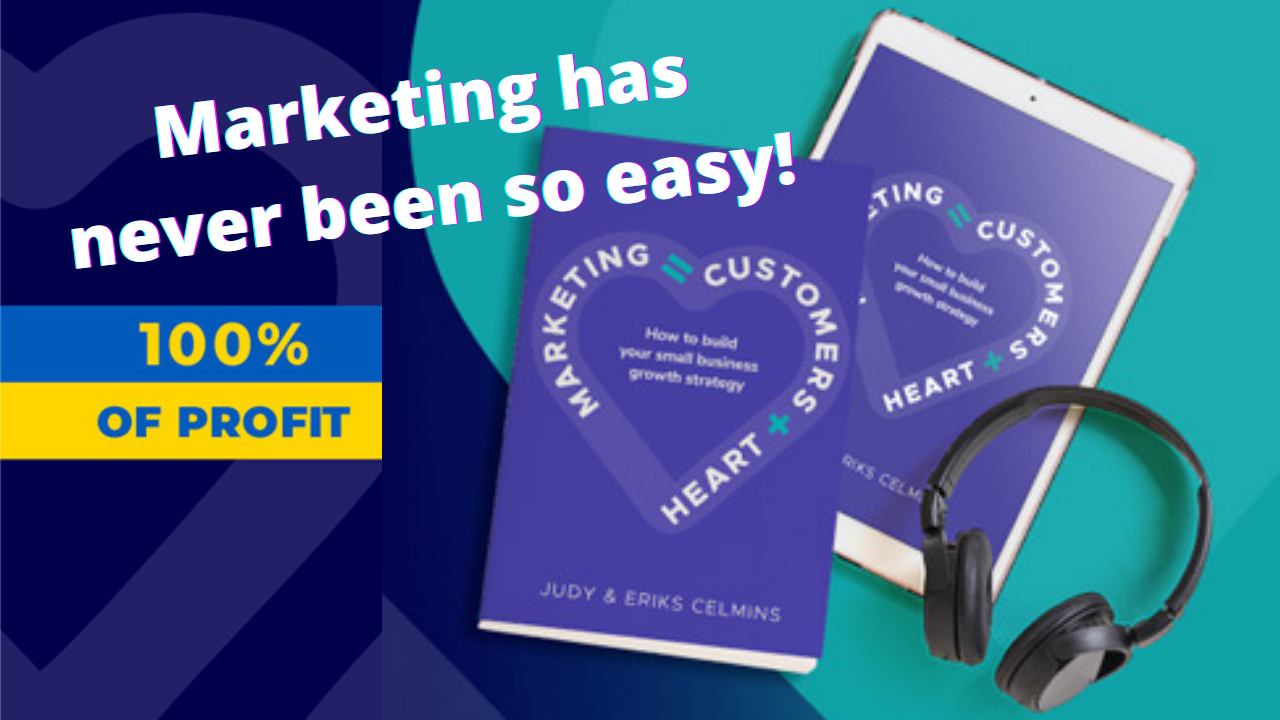Building Trust with Customers when Gathering Insights - It comes down to relationships in marketing.
And for your insights program to be an effective marketing touchpoint, customers must feel respected and safe, as in any relationship.
Billy Joel called it “A Matter of Trust”. Where people feel they can share their feelings and opinions with you, without opening the floodgates to sophisticated, social media retargeting or just plain, old-school, hard-sell spam. This issue didn’t just start with Facebook!
When gathering any form of insights, there are 3 Key Rules a marketer can use to ensure a solid foundation of trust…
1. In a survey, tell participants their answers will be merged with everyone else’s data, and they won’t be personally identified in the analysis.
In an online forum this can be managed by using first or nick-names only, or even anonymous code-names.
2. Make it clear that the information won’t be shared with any third-parties for sales purposes. People are well aware that databases are often on-sold, exposing to them to spam.
And BTW that includes strictly avoiding the temptation to upsell a customer based on a question response.
3. Be transparent, tell them the name of the project client or sponsor. This used to be a no-no to avoid bias. But people always try to guess anyway, and any brand comparison questions will narrow the field considerably.
Participants will actually be more honest if they know the purpose of the study, and which brand they’re going to help with their answers. Rather than a repetitive form-filling for no obvious reason. Especially if it’s an unavoidably longer survey or activity.
What are your ‘golden rules’ for making research participants feel safe?
Think in terms of people, not stats
Here’s a fundamental way to make your research a stronger marketing touchpoint.
Think of research in terms of people, not stats.
Its very easy for a marketer to be immersed in data. If not overwhelmed, by an endless stream of metrics, KPIs, Net Promoter Scores etc. Understandably essential for management to run the business.
But it can mean being completely disconnected with the source of all the numbers. Real, flesh & blood people who are all unique individuals, with their own stories, and experiences with the brands in their life.
What market research data analysis can do is generalise behaviour in relation to usage of a product or service. What it CAN’T do is generalise what makes people tick, because we’re all different.
Yes, of course you can access census data and demographic profiles of target customers, including on your own database. Which helps in refining your marketing focus.
But true differentiation on emotional drivers can only come from understanding the psychographic make-up of your target, and how their everyday life-stories influence their brand purchasing and usage habits.
For example… media content producers might say “we’re targeting 25-39 women”.
Do you actually know a 25-39 woman? Who is this person?
OK, logically the life-stage of a 25 year old is often going to be different from a 39 year old.
But what about their taste in music, for instance? The reality is that there are 25 year olds who prefer throwbacks from the 90s, and those aged 39 who would rather listen to the latest hiphop hits all-day.
Age does not define the target segment in the rich, emotional detail needed for pinpoint messaging that cuts through in their language, and channel selection.
Generalisations about people, which is often generated by the market research process, is dangerous.
Resulting in bland commodity marketing when not backed up with deeper insights onto real life, one person at a time.
In what other ways would you define your target, beyond demographics?
Engaging the 'Whole' Brain to make your research a stronger marketing touchpoint.
Research is often a Left-Brain activity, tied-up in logic, metrics and facts. Highly-structured tasks and content.
But not always as helpful for reaching into a consumer's head space.
Where you find the deeper, emotional drivers in the Right-Brain.
And that aha! moment of revelation, that perfectly articulates the core of an elusive issue.
This is highlighted by the ongoing debate about the difference between data and insights.
I suggest it’s about being actionable. If a finding can be directly translated into marketing or product execution, then it’s an insight into consumer needs and motivations.
Especially if it describes the reason WHY behind the stats. At the heart of your consumer acquisition and retention strategies.
Hungry for more? Marketing = Customers + Heart is your road map to building your growth strategy.



